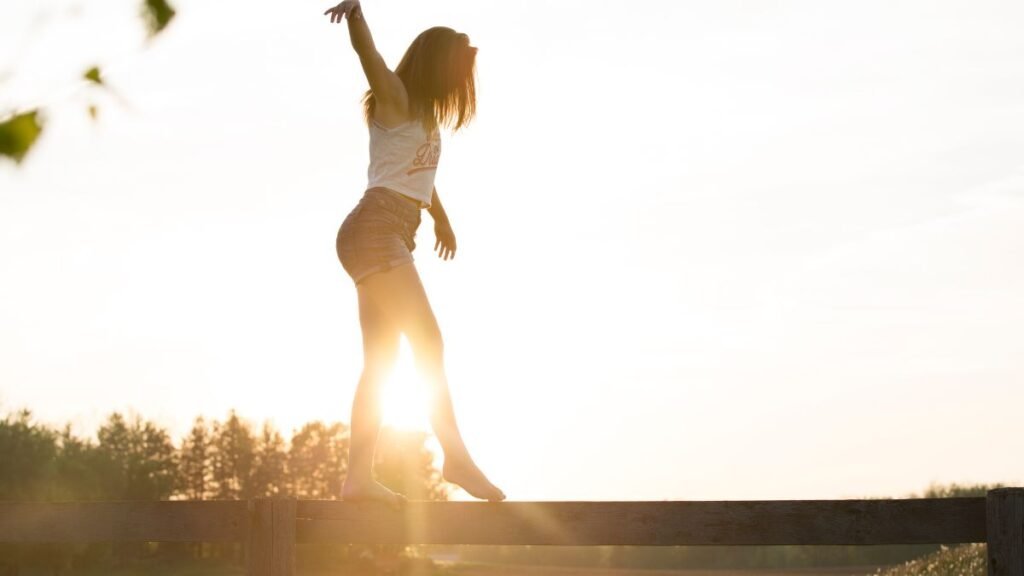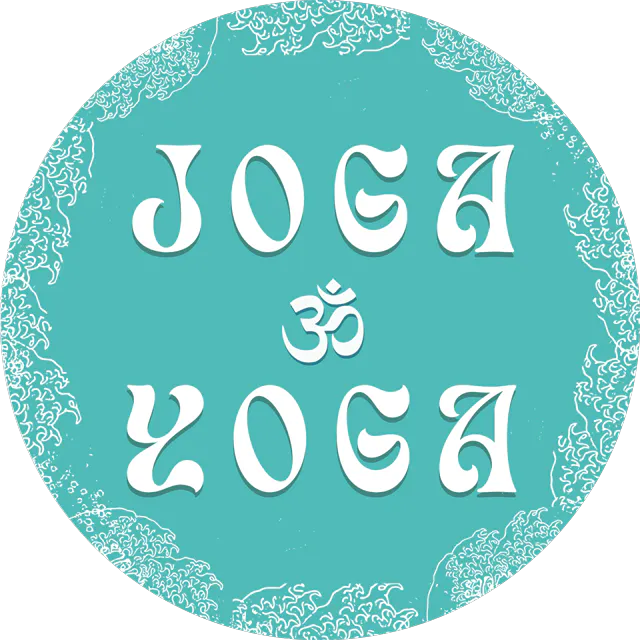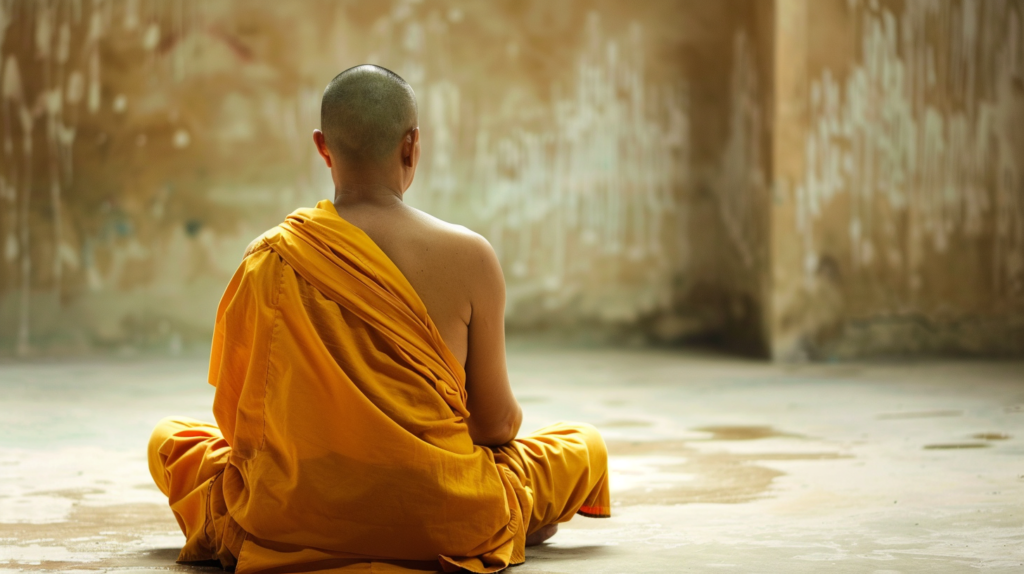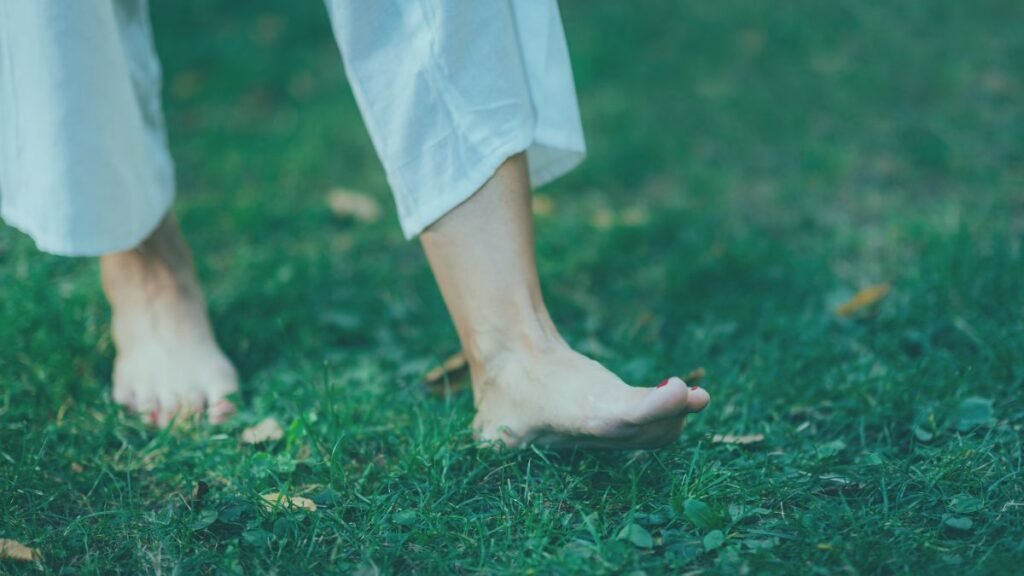In a world where wellness routines often feel overwhelming or inaccessible, walking yoga is emerging as a gentle, practical alternative. It’s not about hitting a mat or mastering headstands—it’s about infusing your daily walk with awareness, breath, and movement. Whether you’re new to yoga, navigating joint limitations, or simply craving a mindful reset, walking yoga offers a grounding, effective way to move and reconnect.
What Is Walking Yoga?
Walking yoga is a hybrid movement practice that combines slow, intentional walking with elements of traditional yoga, such as breathwork, body awareness, and light asanas. Unlike brisk walking or mat-based yoga, walking yoga emphasizes conscious posture, synchronized breathing, and presence.
You might start by standing still and breathing deeply, then walk slowly while aligning your breath with your steps—inhale for three steps, exhale for three steps. You can pause for simple standing stretches like shoulder rolls, side bends, or Mountain Pose (Tadasana) to refocus the body throughout the walk.
The practice encourages mindfulness not just in movement, but in observation—noticing your surroundings, sensations, and breath rhythm. It’s as much a mental reset as it is a physical one.

Why Walking Yoga Is Gaining Popularity in 2025
Walking yoga isn’t just a trend, it’s a response to the growing need for accessible, low-impact wellness practices that work in real life. In 2025, several factors are accelerating its rise:
1. Accessibility for All Ages and Fitness Levels
Unlike more demanding asana flows, walking yoga requires no flexibility baseline or fitness experience. It’s ideal for seniors, beginners, or those recovering from injury. Even practitioners of somatic movement may find it resonates, similar to other gentle forms like somatic exercise for weight loss.
2. Fits Modern Lifestyles
Not everyone has 90 minutes or a yoga studio nearby. Walking yoga can be practiced on a lunch break, during your morning dog walk, or even indoors at home, making it remarkably flexible.
3. A Gateway to Mindful Movement
As people become more aware of the importance of nervous system regulation and body awareness, walking yoga offers a simple way to begin integrating mindfulness into daily movement. It bridges the gap between passive walking and the deeper intentionality of traditional yoga.
4. Post-Pandemic Wellness Shift
Since 2020, the global wellness scene has shifted toward outdoor and equipment-free fitness. Walking yoga supports this shift while reintroducing the calm, meditative quality that many find missing in typical exercise routines.
Proven Benefits of Walking Yoga
Walking yoga might appear simple, but its effects are both cumulative and transformative:
- Improves posture, balance, and flexibility through gentle mobilization and body scanning
- Enhances lung capacity and circulation with rhythmic, diaphragmatic breathing
- Reduces anxiety and promotes emotional balance, especially when practiced in natural surroundings
- Establishes a sustainable movement habit, especially for those looking to develop consistency in self-care
Its greatest strength? Walking yoga is non-performative and forgiving. You don’t need leggings, props, or privacy—you just need your breath, your body, and a place to walk.
How to Practice Walking Yoga (Step-by-Step Guide)
Practicing walking yoga doesn’t require a mat, a class, or an hour of free time. It simply requires presence, breath, and a willingness to move mindfully. Here’s how to get started:
1. Start With a Few Grounding Breaths
Before walking, stand still in Tadasana (Mountain Pose) and take a few deep, conscious breaths. Let your shoulders drop, align your spine, and feel the ground beneath your feet.
2. Sync Your Breath With Your Steps
Begin walking at a slow pace. As you move:
- Inhale over 3 to 4 steps
- Exhale over the next 3 to 4 steps
This rhythmic breathing activates the parasympathetic nervous system, promoting calm, similar to techniques used in nadi shodhana (alternate nostril breathing) and vagus nerve stimulation.
3. Integrate Simple Yoga Poses
Pause occasionally during your walk to practice gentle postures like:
- Tree Pose (Vrikshasana) for balance and focus
- Warrior Pose (Virabhadrasana) for grounding and strength
- Side bends and shoulder rolls to mobilize the spine and release tension
These movements can be easily adapted based on space and mobility.
4. Use Positive Affirmations
Walking yoga isn’t just physical—it’s mental too. Use each step to repeat grounding affirmations:
- “I am calm”
- “I am strong”
- “I move with ease”
This merges the introspective power of mantra and asana into your movement.
5. End With Stillness
Close your practice with a moment of stillness. Come back to your breath. Place your hands on your heart or in prayer. Take one final, deep inhale and exhale.
Walking yoga can become a powerful morning or midday ritual, especially when paired with the right mindset and breath awareness.
Who Should Try Walking Yoga?
Walking yoga is uniquely suited to meet the needs of diverse individuals, especially those who might feel excluded from conventional fitness or yoga spaces.
1. Older Adults and Those With Joint Concerns
Because it’s low-impact and doesn’t involve floor transitions, walking yoga is ideal for seniors or anyone with joint sensitivity. It supports mobility while avoiding strain, similar to the benefits explored in yoga for posture and back pain.
2. People Recovering From Injury or Illness
Walking yoga allows for gentle reintegration of movement into daily life. The combination of slow pacing, breathwork, and mindful stretching supports healing without overexertion.
3. Office Workers and Urban Dwellers
Stuck in a sedentary routine? Walking yoga can turn breaks or commutes into mindful movement, helping to reset the nervous system, improve posture, and ease screen-induced tension.
4. Anyone Seeking a Practical, Daily Wellness Ritual
No yoga mat? No time for a full class? Walking yoga meets you where you are, bringing intention and movement into the real world—one step and one breath at a time.
From Walking Yoga to Deeper Practice
For many, walking yoga becomes a gateway to the fuller spectrum of yoga, beyond movement into breath, meditation, and self-inquiry.
How Walking Yoga Opens the Door
As you get used to syncing breath with steps, your curiosity may deepen:
- What other pranayama techniques exist?
- What’s the meaning behind poses like Tree or Warrior?
- How can I integrate philosophy into my routine?
Building Consistency and Body Awareness
Because it’s easy to practice, walking yoga encourages daily consistency. This repetition builds somatic intelligence—the awareness of how your body feels, moves, and responds. That awareness is the foundation for any deeper yoga journey.
The Next Step: Training and Transformation
If you’ve found peace, presence, or purpose through walking yoga, you may be ready to go deeper, not just in practice, but in study and service.
At Joga Yoga, our 200-hour teacher training in Bali invites you into the full experience of yoga: physical, philosophical, and transformational. Whether or not you intend to teach, the journey deepens your practice, expands your knowledge, and connects you to a global community of mindful movers.
Call to Action: Ready to Go Deeper Than Walking?
Walking yoga is a beautiful beginning. But when you’re ready to explore the depths of what yoga truly offers—from ancient teachings to embodied practice—Joga Yoga is here for you. Train with us in Bali. Deepen your path. Teach from experience.
👉 Explore Teacher Training at Joga Yoga







